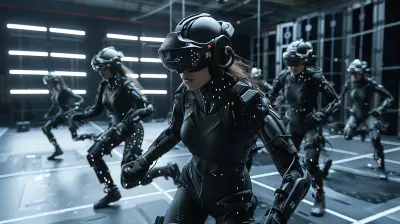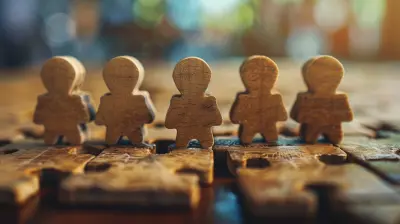How Good Character Arcs Elevate Open World Games
2 November 2025
Open-world games are like sprawling canvases—immersive, vast, and brimming with possibilities. From traversing epic landscapes to uncovering hidden treasures, players are given the keys to a world begging to be explored. But let’s be honest, no matter how stunning the environment or how expansive the map, an open-world game can feel hollow without memorable characters and emotionally engaging stories. That’s where character arcs come in. They don’t just add depth—they breathe life into these digital realms.
So, let’s dive into why great character arcs matter and how they elevate open-world games from being "just another sandbox" to unforgettable experiences.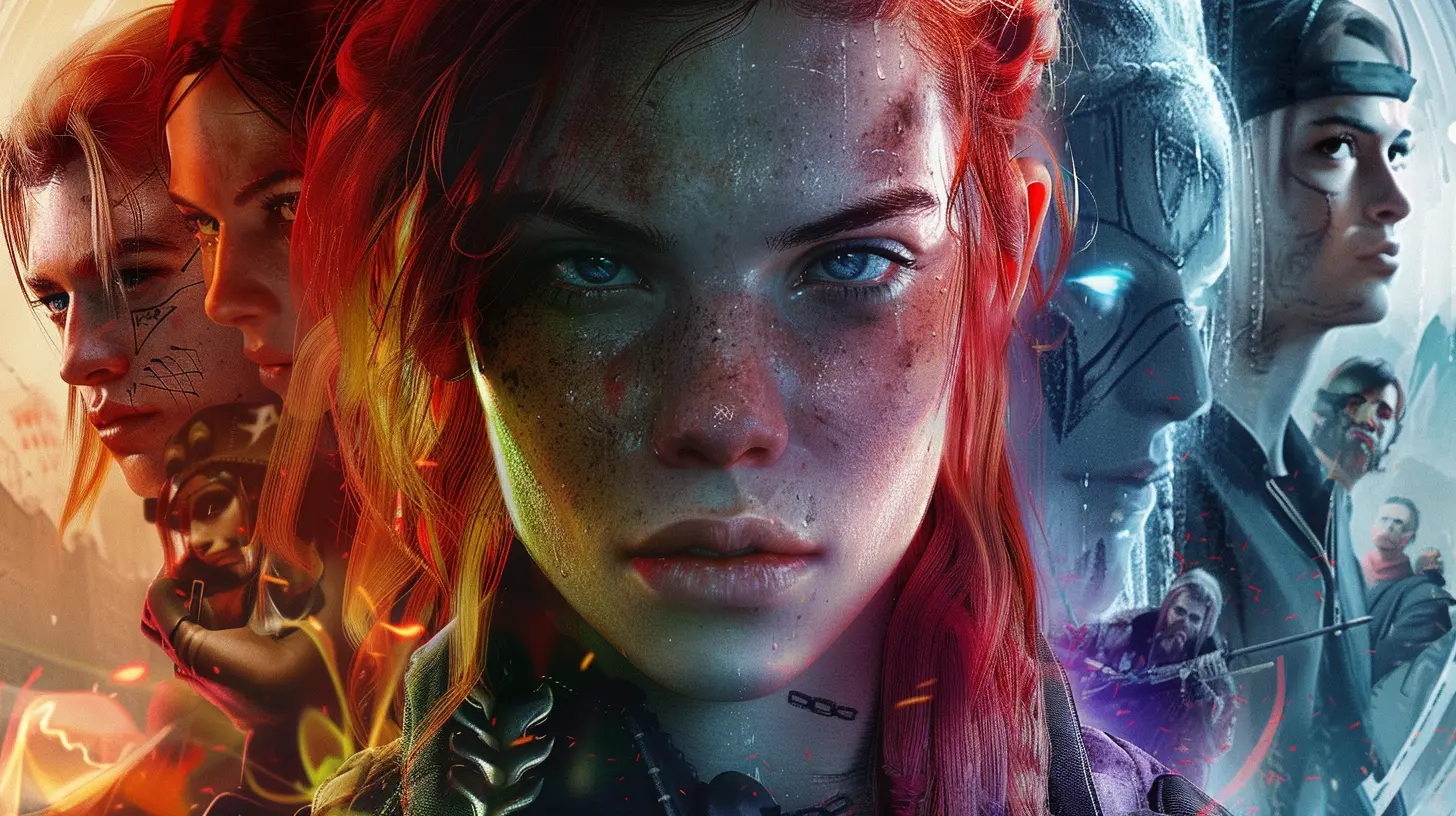
What Exactly Is a Character Arc?
Before we dive headfirst into the role of character arcs in open-world games, let’s clear up what a character arc really is. In the simplest terms, a character arc is the emotional and psychological journey that a character undergoes throughout a story. It’s not just about leveling up stats or unlocking new abilities—it’s about transformation. It’s about growth, conflict, and change.Think about your favorite characters from books, movies, or games. Chances are, they stood out because they evolved. From Frodo reluctantly leaving the Shire to Arthur Morgan grappling with redemption in Red Dead Redemption 2, character arcs are what make stories stick with us.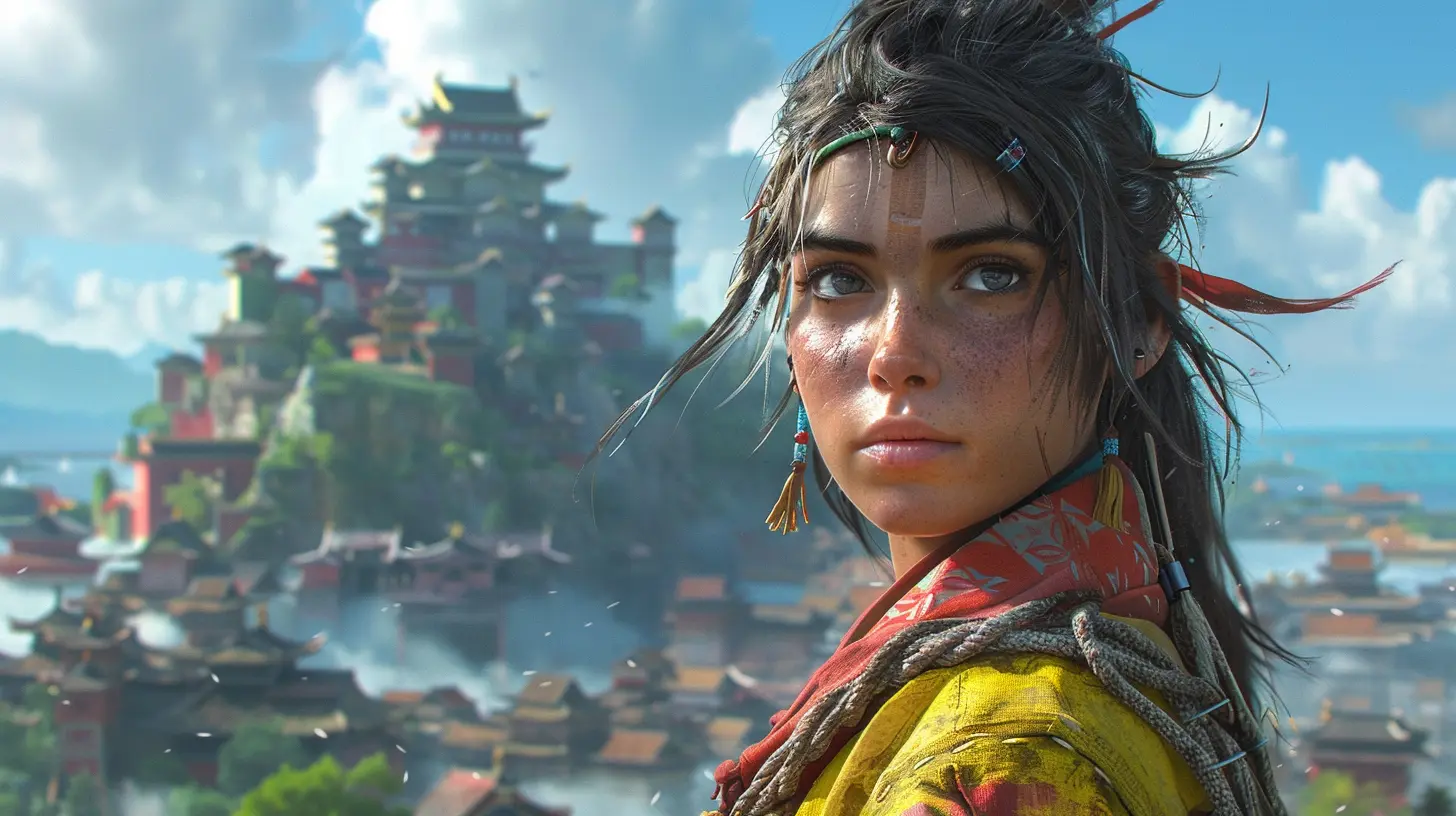
Why Open World Games Need Solid Character Arcs
Now, open-world games have a unique challenge: they’re massive. Unlike linear games where the narrative is tightly controlled, open-world titles give players the freedom to roam, sometimes at the cost of storytelling. Without strong character arcs, these games can feel like a series of disconnected tasks—essentially, a glorified to-do list.Character arcs act as the emotional glue that holds all of this freedom together. They offer a sense of purpose amidst chaos. When you care about the protagonist or even the NPCs, suddenly, the hundreds of side quests don’t just feel like errands—they’re opportunities to engage with the world on a deeper level.
Emotional Investment: The Player’s Secret Weapon
Let’s face it, gamers love to feel something—whether it’s triumph, sadness, or even a tinge of guilt. A good character arc taps directly into this need. When we’re emotionally invested in the characters, we’re more likely to stick around, explore every nook and cranny, and dive deeper into the game’s lore.Take Geralt of Rivia from The Witcher 3: Wild Hunt. Sure, the open-world map is filled with monsters to slay and contracts to complete, but what really keeps players glued to the screen is Geralt’s complex personality and his relationships with other characters like Ciri and Yennefer. His arc isn’t about becoming the best monster hunter—it’s about confronting his own feelings, responsibilities, and moral dilemmas.
Without Geralt’s character depth, The Witcher 3 would risk being “just another fantasy RPG.” The character arcs are what transform the entire experience into a compelling tale.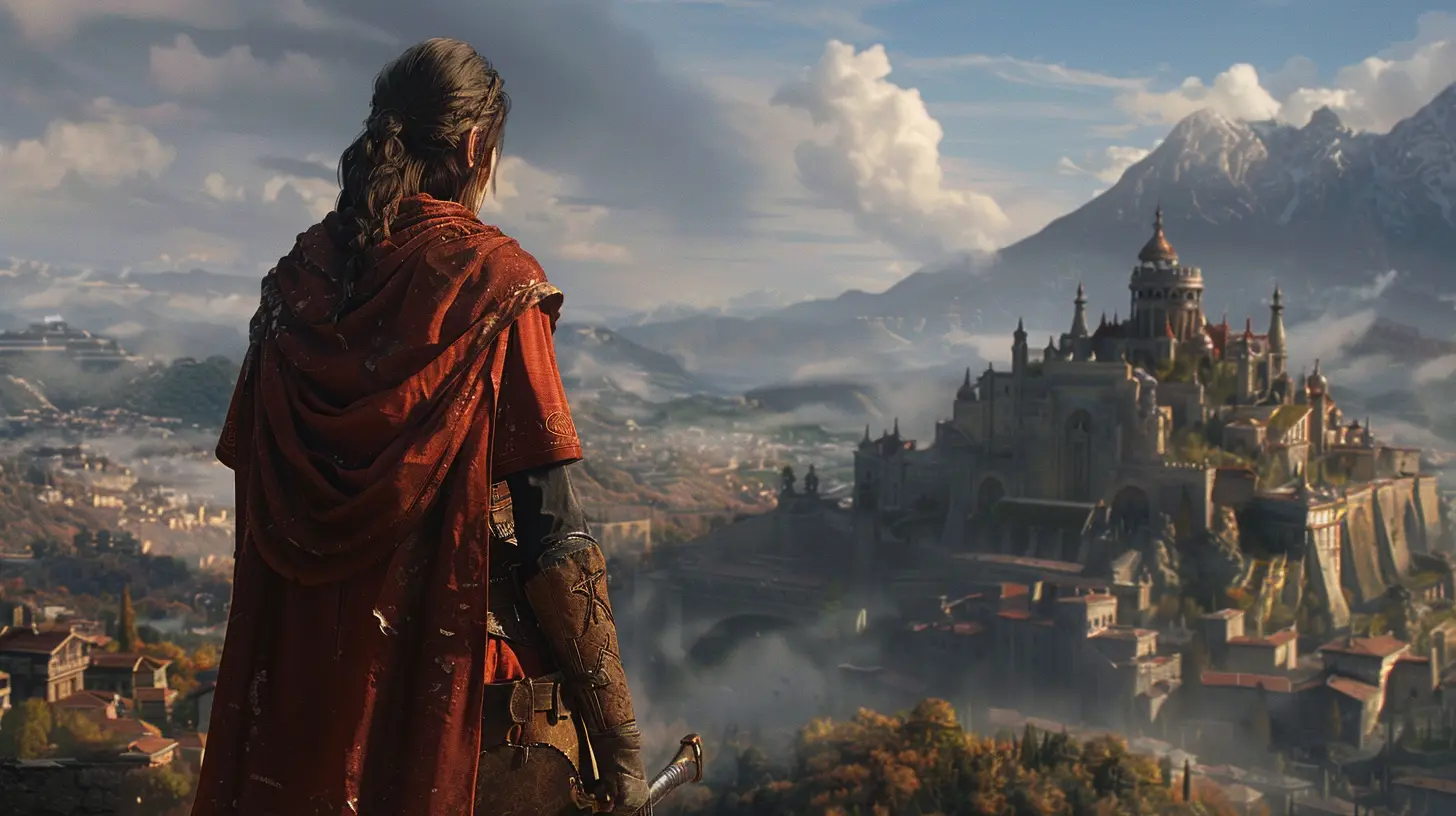
How Good Character Arcs Add Depth to Side Quests
Ah, side quests. Open-world games practically live and die by them. But let’s be honest—how many fetch quests have we mindlessly completed without even remembering who gave them to us? A strong character arc can change that.When side quests tie into a character’s growth, they suddenly matter so much more. Take Horizon Zero Dawn as an example. Aloy’s journey of self-discovery and her quest to understand her place in the world make even the smaller missions feel meaningful. Players are not just solving problems for random NPCs—they’re uncovering layers of Aloy’s identity and expanding her worldview.
It’s not just about the “what” of the mission—it’s about the “why.” Why does this matter to the character? Why does it matter to the player? When the answers to those questions align, you’ve got the recipe for a side quest that sticks.
Player Choice and Its Influence on Character Arcs
One of the best things about open-world games is the freedom of choice. You decide where to go, whom to talk to, and which battles to fight. But the most memorable games don’t just stop there—they allow your choices to shape the character’s arc.Take Mass Effect as an example. Commander Shepard’s arc isn’t just pre-written—you, the player, actively shape who they become. Every dialogue choice, every decision in battle, every alliance formed contributes to the kind of leader Shepard becomes. This level of player agency makes the arc feel personal. It’s your decisions guiding the story, and your emotional investment skyrockets as a result.
When open-world games incorporate meaningful choices into their character arcs, the experience becomes unforgettable. It’s not just a game anymore—it’s your story.
The Villain Factor: Two Arcs Are Better Than One
Here’s a pro tip for creating a great story: the hero isn’t the only one who needs a strong arc. A memorable antagonist plays a huge role in elevating an open-world game. Why? Because the best villains reflect the hero’s struggles in some way.Remember Micah Bell from Red Dead Redemption 2? His arc runs parallel to Arthur Morgan’s redemption story, and watching them collide is what makes the narrative so gut-wrenching. Without a well-crafted villain, Arthur’s journey wouldn’t feel nearly as impactful.
Having both the hero and the villain undergo meaningful change creates a sense of tension and stakes. You’re not just playing through a story—you’re in the middle of a dramatic, dynamic struggle.
The Role of World-Building in Character Arcs
Let’s talk about the world itself for a second. Great character arcs don’t exist in a vacuum—they’re shaped by the world around them. In open-world games, environmental storytelling can amplify a character’s journey.For example, in The Legend of Zelda: Breath of the Wild, the ruins of Hyrule serve as constant reminders of Link’s (and Zelda’s) failure. The world itself tells their story, adding layers to their arcs. As Link grows stronger and moves closer to defeating Calamity Ganon, players feel the weight of his responsibility because the world keeps reinforcing it.
When the game world reflects the themes and struggles of the characters, it creates a sense of unity that pulls the player deeper into the experience.
Balancing Freedom and Narrative
One of the trickiest things about open-world games is balancing player freedom with a coherent narrative. How do you create a character arc when players might not even follow the main questline for hours on end?The answer lies in subtle storytelling. Developers can sprinkle elements of the character’s arc into the environment, optional dialogue, or random discoveries. A well-written journal entry, a haunting piece of music, or even a specific enemy encounter can all quietly nudge the arc forward without forcing players to stay on a specific path.
Good character arcs in open-world games don’t punish players for exploring—they enhance the experience, no matter where the journey leads.
Conclusion: The Power of Connection
At the end of the day, it’s really simple: we care about stories because we care about people. Even in a virtual world, that connection matters. Great character arcs give players something to latch onto, something to feel, and something to fight for.When done right, a character arc can transform an open-world game into an unforgettable journey. It’s the difference between mindlessly checking off map markers and eagerly diving into every corner of the world because you need to know what happens next.
So the next time you find yourself immersed in an open-world game, pay attention to the characters. Chances are, their stories are what will stick with you long after you’ve turned off the console.
all images in this post were generated using AI tools
Category:
Video Game CharactersAuthor:

Brianna Reyes
Discussion
rate this article
1 comments
Willow Fry
This article beautifully highlights how meaningful character arcs enrich open world experiences, making player connections deeper and journeys more unforgettable. Truly insightful! Thank you!
November 17, 2025 at 4:43 PM

Brianna Reyes
Thank you for your kind words! I'm glad you found the insights on character arcs meaningful in enhancing open world experiences.
